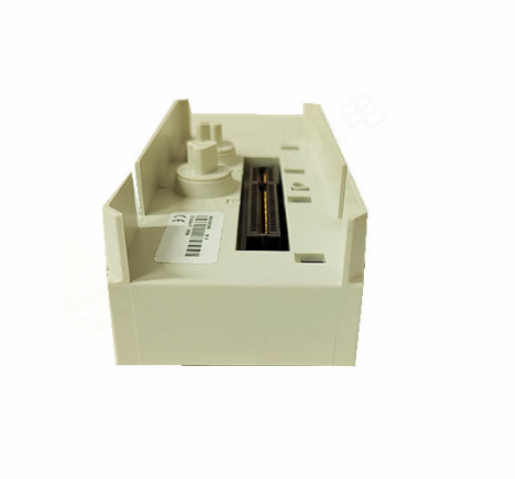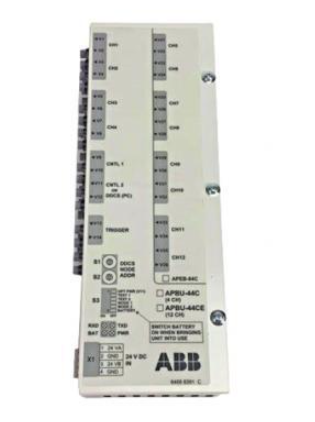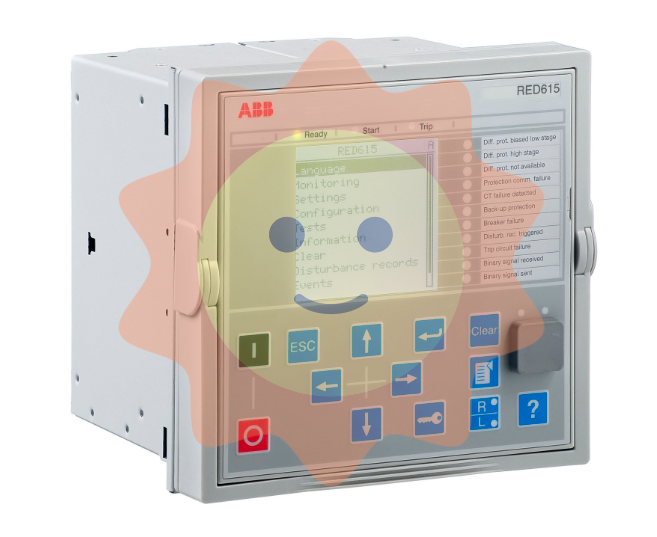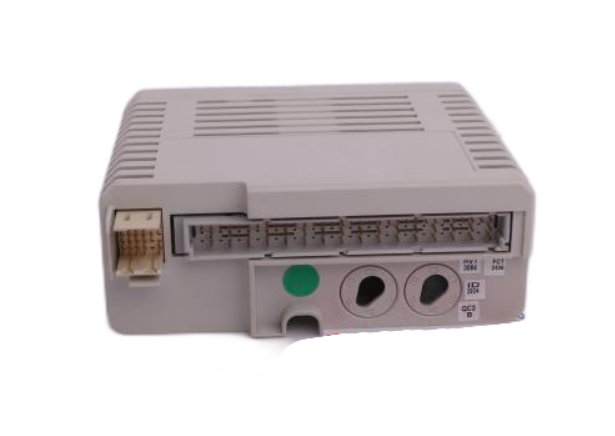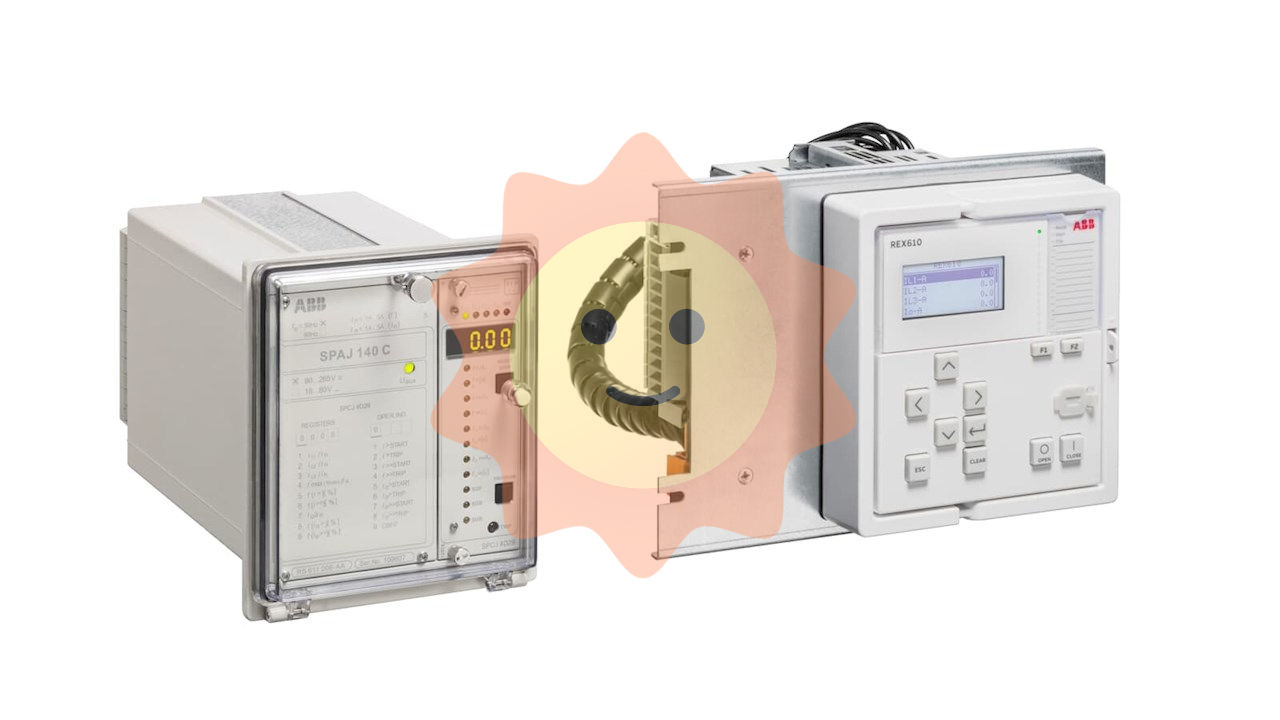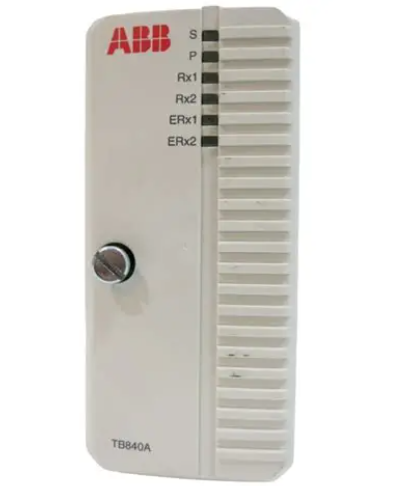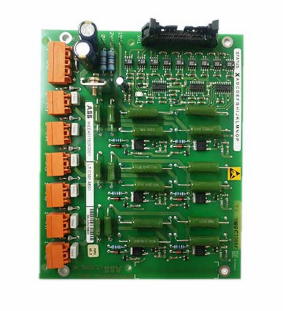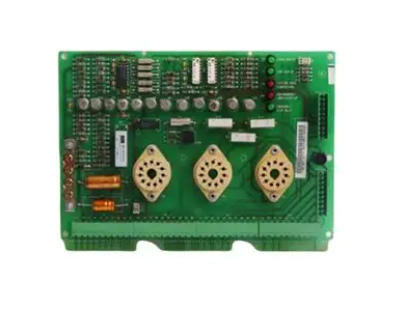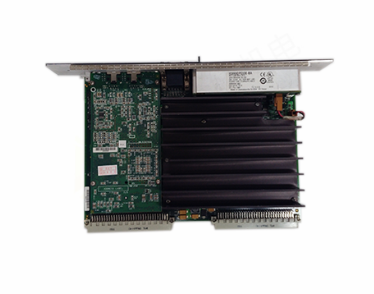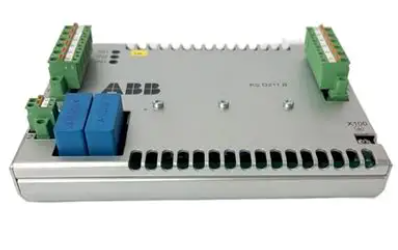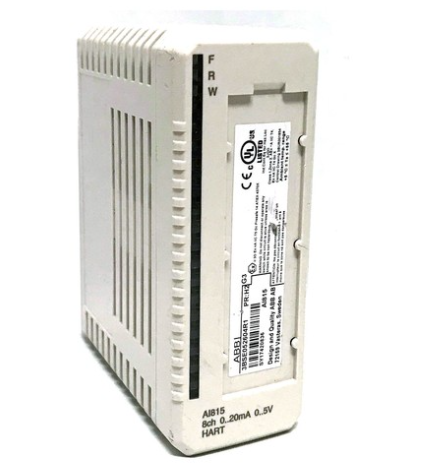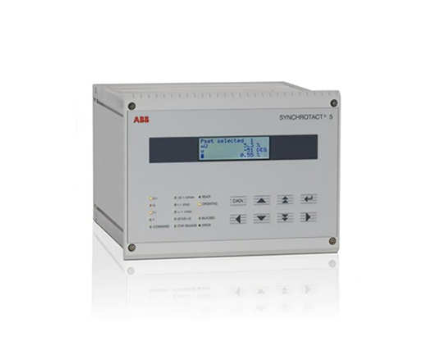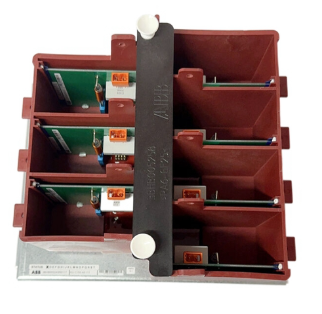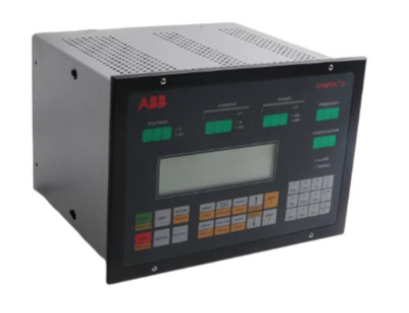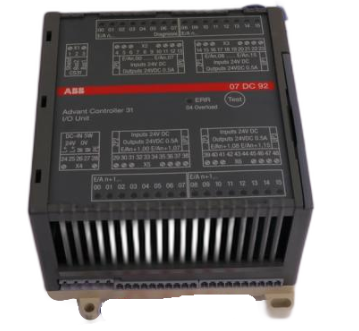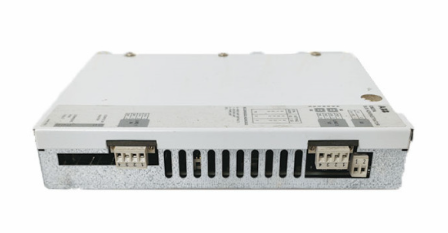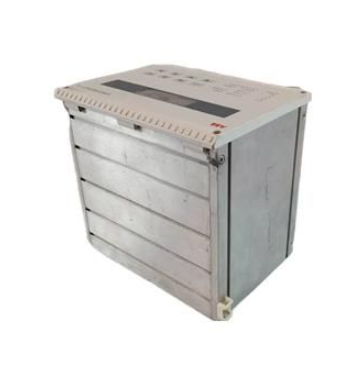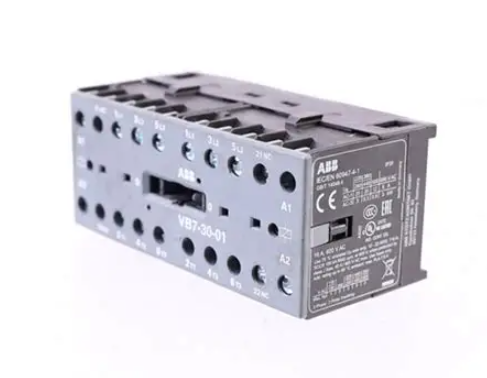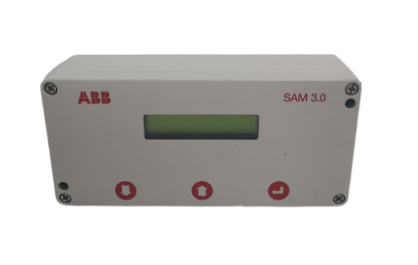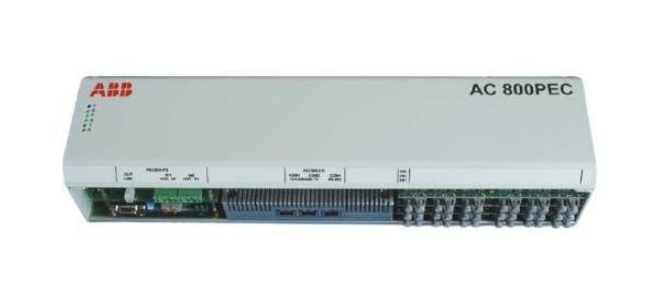WOODWARD LQ25 Standard Valves
WOODWARD LQ25 Standard Valves
Product Overview
WOODWARD LQ25 Standard Valves is a liquid fuel metering valve designed specifically for industrial and aerospace derived gas turbine engines, exhibiting excellent performance in the output power range of 6000kW to 42000kW. It belongs to a bidirectional flow control valve, using a throttling type Δ P regulator, which can be perfectly adapted to centrifugal or other pressure source fuel pumping systems. It provides a reliable and cost-effective connection bridge between electronic engine control systems and gas turbines, and is widely used in power generation, mechanical drive, and marine fields.
Product Structure and Principle
(1) Structural Design
Core components: The valve mainly consists of a rotary plate valve, an electric actuator, a non-contact position sensor, and a throttle regulator. The rotary plate valve is integrated with the electric actuator to ensure precise flow control. Non contact position sensors monitor valve position in real-time to ensure control accuracy.
Material selection: The valve adopts corrosion-resistant shear type metering components, positioned by high torque actuators, and can operate stably for a long time in various liquid fuel environments. The materials of the components in contact with the fuel have good corrosion resistance or have undergone special anti-corrosion treatment, which can adapt to different properties of liquid fuels.
(2) Working principle
Flow control mechanism: Liquid fuel flow control is achieved by accurately scheduling the port area of the metering valve and adjusting the pressure difference at both ends of the metering port. The rotary plate valve rotates under the drive of the electric actuator, changing the opening of the metering port to accurately control the fuel flow rate. The precision measuring port on its rotating plate component, combined with sealing boots, can accurately regulate the flow area over a large range.
Principle of differential pressure regulation: The throttle regulator maintains stable differential pressure at the metering valve port. When the pressure difference at the metering valve port exceeds the set value, the regulator piston opens to bypass the excess inlet flow back to the fuel pump inlet, ensuring that the metering valve operates at a stable pressure difference and thus ensuring the accuracy of flow control. This pressure regulation system requires a positive displacement high-pressure fuel pump to be installed upstream of the LQ25 valve.

Products Specification
Flow range: There are three port sizes available to meet different flow requirements. The maximum fuel flow rate for a 0.1 in ² (65 mm ²) port is 4000 to 7500 lb/h (1814 to 3402 kg/h); The maximum fuel flow rate for a 0.2 in ² (129 mm ²) port is 8250 to 15000 lb/h (3742 to 6804 kg/h); The maximum fuel flow rate for a 0.3 in ² (194 mm ²) port is 18000 to 22000 lb/h (8165 to 9979 kg/h). The minimum metering flow rate is 100 lb/h (45 kg/h), and these flow data are based on a fuel specific gravity of 0.77.
Pressure parameters: Suitable for a certain pressure range and capable of withstanding high working pressure. The specific pressure specifications need to be determined according to the actual application scenario and system requirements.
Product Features
High precision flow regulation: With the collaborative work of rotary plate valves and electric actuators, as well as high-precision position feedback rotary transformers, a flow regulation ratio of over 100:1 has been achieved, which can accurately meet the strict requirements of fuel flow for gas turbines under different operating conditions.
Self cleaning function: The unique shear action of the valve can effectively prevent pollutant deposition and system debris from blocking the metering port, reduce maintenance workload, extend equipment service life, and ensure long-term stable operation of the valve.
Electrical control and feedback: A remote electronic interface unit (LQ driver, supplied separately) is required, which accepts position command signals of 4 to 20 mA and operates on a power supply of 18 to 32 VDC. At the same time, the driver also provides a 4 to 20 mA output signal proportional to the actual valve position, facilitating remote control and monitoring. In addition, it also has discrete fault output and independent shutdown functions, enhancing the safety of system operation.
Product advantages
High reliability design: Using rare earth permanent magnets and efficient electromagnetic circuits, it provides powerful driving force while reducing equipment volume. The single axis design significantly reduces the number of moving parts, lowers the probability of failure, improves the overall reliability of the equipment, and can adapt to complex and changing industrial environments.
Wide fuel compatibility: Compatible with a variety of liquid fuels, including diesel, JP series fuels, naphtha, kerosene, gasoline, and other distillate fuels that meet national or international standards for use in utility, marine, and aviation gas turbines. For special fuel applications, such as ultra-low sulfur fuels, it can also be well adapted.
- EMERSON
- Honeywell
- CTI
- Rolls-Royce
- General Electric
- Woodward
- Yaskawa
- xYCOM
- Motorola
- Siemens
- Rockwell
- ABB
- B&R
- HIMA
- Construction site
- electricity
- Automobile market
- PLC
- DCS
- Motor drivers
- VSD
- Implications
- cement
- CO2
- CEM
- methane
- Artificial intelligence
- Titanic
- Solar energy
- Hydrogen fuel cell
- Hydrogen and fuel cells
- Hydrogen and oxygen fuel cells
- tyre
- Chemical fiber
- dynamo
- corpuscle
- Pulp and paper
- printing
- fossil
- FANUC
- Food and beverage
- Life science
- Sewage treatment
- Personal care
- electricity
- boats
- infrastructure
- Automobile industry
- metallurgy
- Nuclear power generation
- Geothermal power generation
- Water and wastewater
- Infrastructure construction
- Mine hazard
- steel
- papermaking
- Natural gas industry
- Infrastructure construction
- Power and energy
- Rubber and plastic
- Renewable energy
- pharmacy
- mining
- Plastic industry
- Schneider
- Kongsberg
- NI
- Wind energy
- International petroleum
- International new energy network
- gas
- WATLOW
- ProSoft
- SEW
- wind
- ADVANCED
- Reliance
- YOKOGAWA
- TRICONEX
- FOXBORO
- METSO
- MAN
- Advantest
- ADVANCED
- ALSTOM
- Control Wave
- AB
- AMAT
- STUDER
- KONGSBERG
- MOTOROLA
- DANAHER MOTION
- Bently
- Galil
- EATON
- MOLEX
- Triconex
- DEIF
- B&W
- ZYGO
- Aerotech
- DANFOSS
- KOLLMORGEN
- Beijer
- Endress+Hauser
- MOOG
- KB
- Moxa
- Rexroth


Email:wang@kongjiangauto.com


